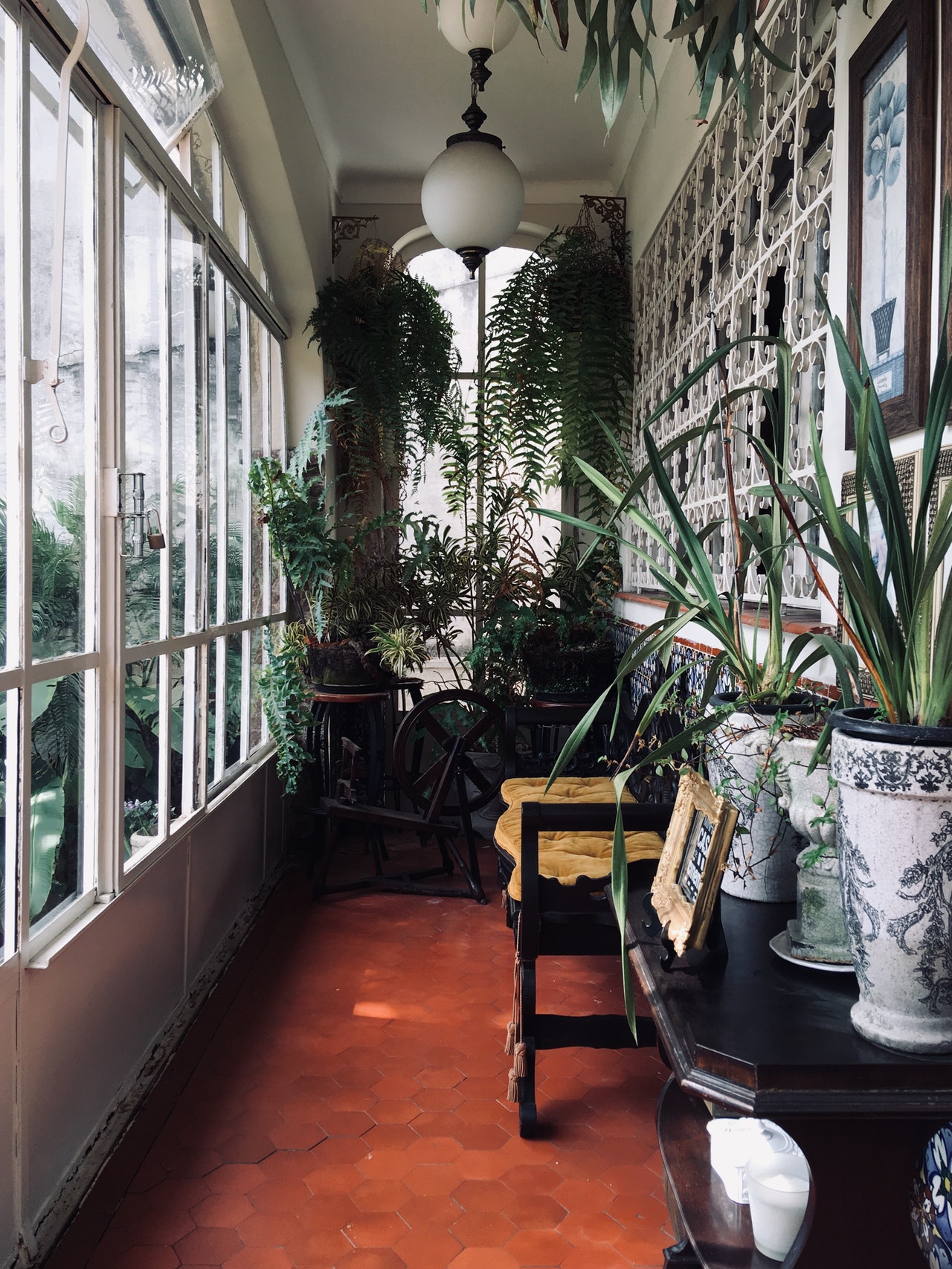Do you want to save money and energy?
Are you concerned about environmental protection and the efficient energy management of your home? If you are thinking how to provide comfort to your family while saving you money, there are some simple steps you can take to make your home more efficient and lower your energy bills.
According to data, space heating (45%) and cooling (9%) combined with water heating (18%) account for 72% of residential energy consumption. So you have to consider how much money we are throwing away when we waste energy through leaky windows or ducts, old appliances, or inefficient heating and cooling systems. Therefore, the first thing you should do is to conduct a simple home energy assessment, by yourself or hiring an energy auditor. If you have the time and you are in a mood for it, you can follow these steps:
Energy Assessment: How to DIY
- Insulation: Check your attic, exterior and basement walls, ceilings, floors, and crawl spaces.
- Air leaks: Check around your walls, ceilings, windows, doors, light and plumbing fixtures, switches, and electrical outlets.
- Check for open fireplace dampers.
- Check whether your appliances are properly maintained.
- Reduce lighting use according to your family’s lighting needs.
- Check the operation of your heating and cooling systems.
- Record your findings.
Now that you know where your home is losing energy, it is time to make a plan. Calculate your budget and start. At the beginning it is important to know how much money you spend on energy and where your greatest energy losses are.
Energy efficiency improvements: How to DIY
Sealing Air Leaks
A major source of energy loss is air leaks. The most common areas that leak are door and window frames, attic entrances, dropped ceilings, chimney flashing, plumbing and utility access, water and furnace flues, sill plates and all ducts. Therefore caulk, seal, and weather strip all seams, cracks, and openings to the outside.
Insulating materials won’t block leaks, so remember to seal air leaks before you insulate.
Insulation
The best way to improve your home’s energy efficiency is to insulate the attic floor or under the roof, the walls and the crawl space or the basement. Before you start, take an advice from a contractor. Take into consideration your climate, home design, and budget!
Heating
- Adjust your programmable thermostat of central heating at 18-20oC and let it in this temperature even when you’re sleeping or away from home. The fluctuations of temperature cost more than a stable thermal condition.
- In order to allow an easy heat flow, keep furniture, carpeting, or drapes away from heaters and radiators.
- Don’t leave kitchen, bath, and other exhaust fans turned on for more than 20 minutes after you are done cooking or bathing. It is better to open a window for a while.
Cooling Tips
- Close the window coverings during the day in summer to block the sun’s heat.
- Close the windows when using the air- conditioner.
- Keep a small difference between the indoor and outdoor temperatures by setting your thermostat at as high a temperature as comfortably possible in the summer.
- Don’t set your thermostat at a colder setting than 10 o C from the outside temperature. It won’t cool your home any faster and could result in excessive expenses.
- You can use an interior fan as an alternative or along with your air conditioner. In this way the cooled air will be spread through your home without greatly increasing your power use.
Water heating
Insulate your water heater to save energy and money. If it is electric, remember not to cover the thermostat; if it operates with natural gas or oil, do not to cover the water heater’s top, bottom, thermostat, or burner compartment according to manufacturer’s recommendations.
If you follow those few easy steps, you will lower utility bills and manage your heating and cooling systems efficiently. It is a clever way to save money and protect the environment, as well.

Hi! I’m Chris, the founder of The Organic & Natural Paint Co, and I’m focused on the education and promotion of natural non toxic alternatives to chemical laden everyday products that we just take for granted. We have a choice, and I want to raise awareness of alternative products that don’t actually harm us!
This company is my way of pushing the awareness of better indoor air quality, something that I am personally passionate about due to my own children’s breathing medical conditions. I just couldn’t paint with big brand standard petrochemical paint any longer and wanted another solution.
Read more: About me
Twitter: NaturalPaintCo
Instagram: cleanairclubofficial


